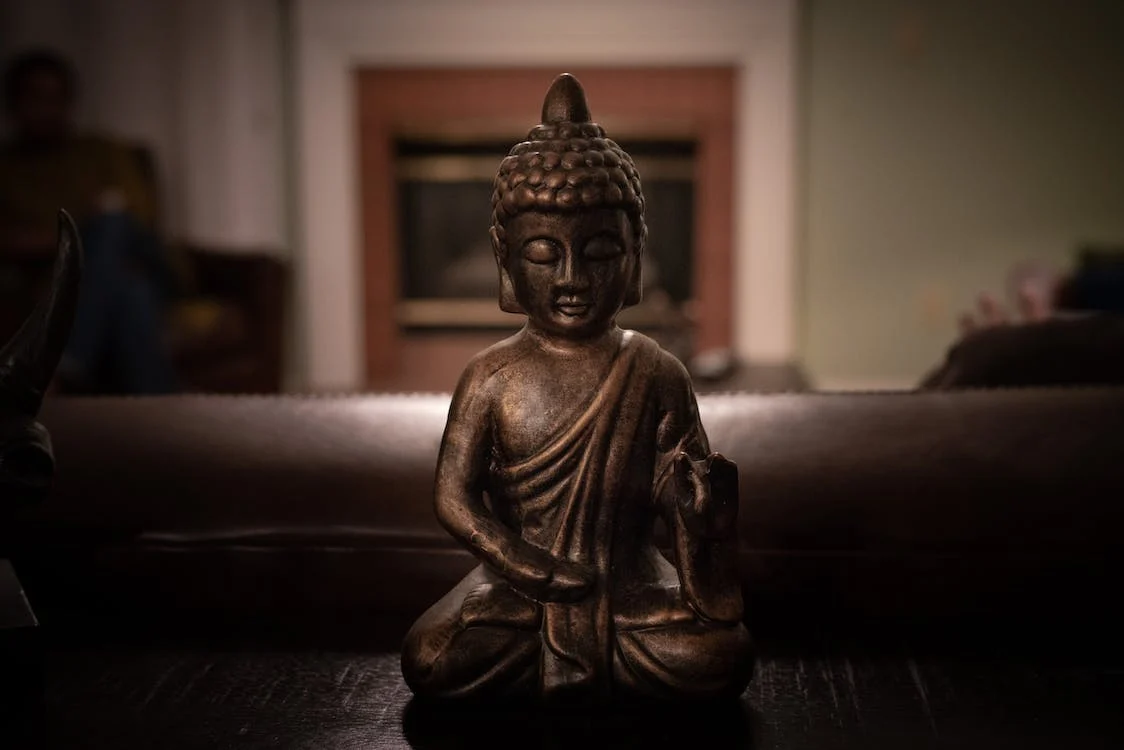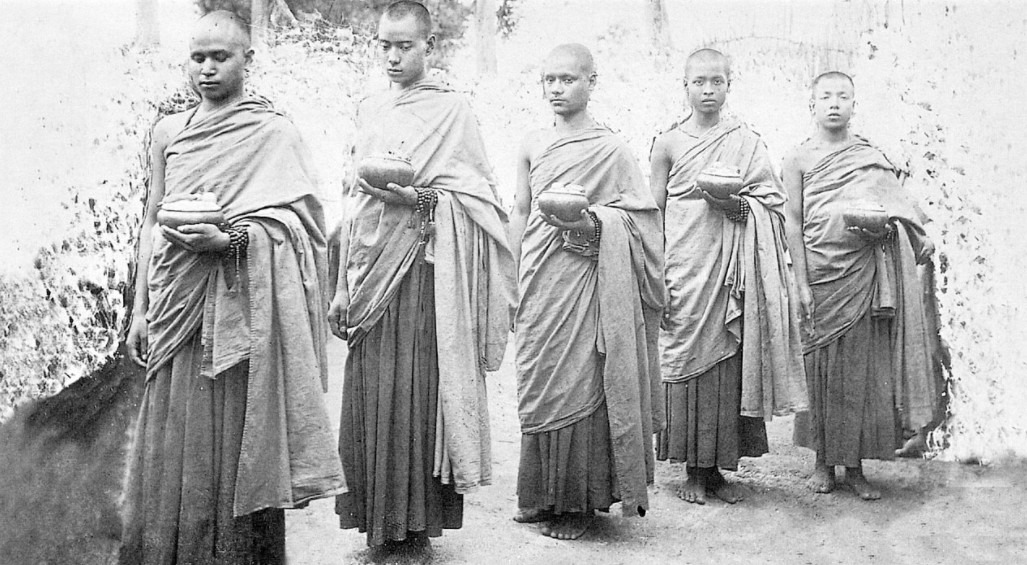The Buddha is one of the most famous historical religious figures. He was the one who laid the foundations for Buddhism as a religion. Buddhism is considered a major religion widely followed in South East Asia and spreading fast in the West.
The life of the Buddha was full of lessons for his followers. His way of life was to find the answer to all the suffering in the world. He taught and meditated for years until he discovered his Nirvana.
Early Life
Siddhartha Gautama was born a prince to the Shakya Tribe of India, and his father was the leader of his tribe. His birth’s exact date is not accurate, but experts assume that he was born between 563 BCE to 483 BCE. As for his location, tradition says that he was born in Lumbini, Nepal, and grew up in Kapilavastu.
Siddhartha’s mother, Maya, was a Koliyan queen who died seven days after giving birth to him. Legends say that he could walk and speak since birth. Another legend says that queen Maya dreamt of a white elephant entering her when she conceived Siddhartha. He was born under a tree when Maya was traveling to Lumbini.
There is not much about the Buddha’s early life and youth. Traditional Buddhist texts suggest that his father built a palace for the Buddha to protect him from the sufferings of the outside world. The Buddha was not allowed to participate in any religious activities, and he was unaware of the many religions. He got married to Yasodhara and had a son named Rahula. He lived a luxurious life inside his palace until he decided to find answers for himself.
It is said that his father knew that his son would be a religious leader someday, so he shielded him and mentored him to become a king.
Renounced Life
Siddhartha Gautama decided that he wants to see the world as a commoner instead of a privileged prince. So one day, he left the palace in disguise. He saw people suffering in poverty, illness, and death. He was stunned to see so much suffering everywhere and noticed his female servants, who looked like corpses. This made him question his lifestyle and how he has been unaware of the reality.
Gautama left his wife and son behind and wandered in search of answers; he wanted to know why people suffered and what could be the end to that suffering. He traveled by the river Anomiya and entered the forests for the rest of his journey. He shaved his head and dressed as a monk. Some say that a Brahma God gave him a monk robe.
The Buddha traveled for six years and met many people. He studied the art of meditation under many learned masters, but none of them could satisfy his desire to achieve Nirvana. The Buddha meditated and fasted extensively until his body gave way. No flesh remained in his body, and he was on the verge of dying of death from hunger. An old lady offered him food that he accepted but then realized that he was only torturing his mind and body by fasting. He stopped this way of practice and took on a more moderate way of living.
One day, while Siddhartha was meditating under a Bodhi tree, he finally attained enlightenment. For six days, he remained in a state of eternal peace. When he finally woke up, he was determined to spend the rest of his life teaching the way of Nirvana. From that point on, he was known as the Buddha, “the enlightened one,” by his followers.
Teaching Life
It is said that the Buddha spent forty-nine days in meditation, contemplating whether he should start teaching his “Dharma” to others or not. A Brahma God convinced him that there would be a few people who will follow him. So, the Buddha came out of his meditation and decided to teach.
The Buddha decided to visit his former teachers and tell them about his enlightened journey. But they had already died, so he tried searching for his companions. He met a wanderer and told him about Nirvana, but the man was not convinced.
On his way to Varanasi, Banares, the Buddha met five ascetics. He relayed his achievements to them, and they believed him. This speech is known as the “First Sermon” or “the sermon of Banares.” The ascetics and their followers were the first people to call themselves Buddhist monks.
The Buddha taught about love, compassion, and tolerance to his students. He introduced them to the concept of “not-self” – that nothing remains unchanged and permanent. The ascetics traveled all over India and taught what they had learned from the Buddha. Buddha’s teachings started to spread from then on, and soon he had around 60 monks by the rainy season. His teachings were spread orally, and none of it was written at that time.
The teachings of the Buddha were for everyone. He taught noblemen and servants as well as murderers and cannibals. He saw no difference in any of them and was determined that all humans can change and achieve Nirvana with pure intentions. The murderer, Angulimala, plays a vital role in Buddhism as he was a savage before his conversion to Buddhism. When the Buddha returned to his home after many years, his son Rahula joined him as a Buddhist and helped him spread his teachings.
On the other hand, a female version of monks was also ready to join the Buddha. They were called the bhikkhuni. At first, the Buddha’s stepmother rejected his offer to join this Dharam, but later more women showed willingness. Like their male counterparts, the women also shaved their heads and wore robes. The Buddha told them that learning stages are the same regardless of gender.
Final Years
During the last 20 years of his life, the Buddha continued teaching and rose to prominence among governments. He often got invited to official events as an honorable guest. Though he did not like to follow formal rules, many people from the monasteries came into his following. He strictly preached denouncing pleasures of the body.
Due to the fame and respect that he got from everyone, the Buddha made enemies even among his disciples. A man named Devadatta, who was also the Buddha’s cousin, was so blind in his jealousy that he tried to kill his master three times but failed. Mahavira was also seen as a competition to the Buddha, a teacher from the Jain religion, but they had mutual respect.
Despite his back pain of old age, the Buddha continued teaching. Around 483 BCE, the Buddha fell seriously ill, and he started instructing his students about their new teachers. He told them that they should stay persistent even after his death. He went into his final meditation and died a natural death. His close disciples cremated him, and his ashes and remains were distributed among the kings of North Indian Kingdoms.
Beliefs and Influence in Modern World
Although the Buddha is the most important man in Buddhism, he is not considered a god. He is regarded as an “enlightened one” – someone who has achieved the ultimate truth. Therefore, the followers of the Buddha tend to attain inner peace instead of following a deity or god. They believe in the power of meditation and morality holds an important place in their beliefs.
Some scholars argue that Buddhism is not an organized religion; instead, it is a way of life. Unlike many faiths, some say that Buddhism is an evolving religion that is flexible to change and additions. That is why there is not one symbol for Buddhism; instead, many symbols are used for it, including a Bodhi tree and a Swastika.
In modern-day, Buddhism is practiced in Cambodia, Thailand, Myanmar, Bhutan, and Sri Lanka as majority religions, while in Vietnam, it is a small but powerful minority. The Dalai Lama is now considered to be the supreme leader of Buddhism. Many variations like Zen Buddhism and Tibetan Tantrism are also found worldwide.
The Buddha – A Philosopher and a Religious Leader
The Buddha avoided going into deep philosophical talks. He believed in simplicity, and he would often teach his students in the simplest of manner. His life was full of ideas revolving around a simple yet noble life. His teachings are still considered a source of knowledge by many of his followers.


